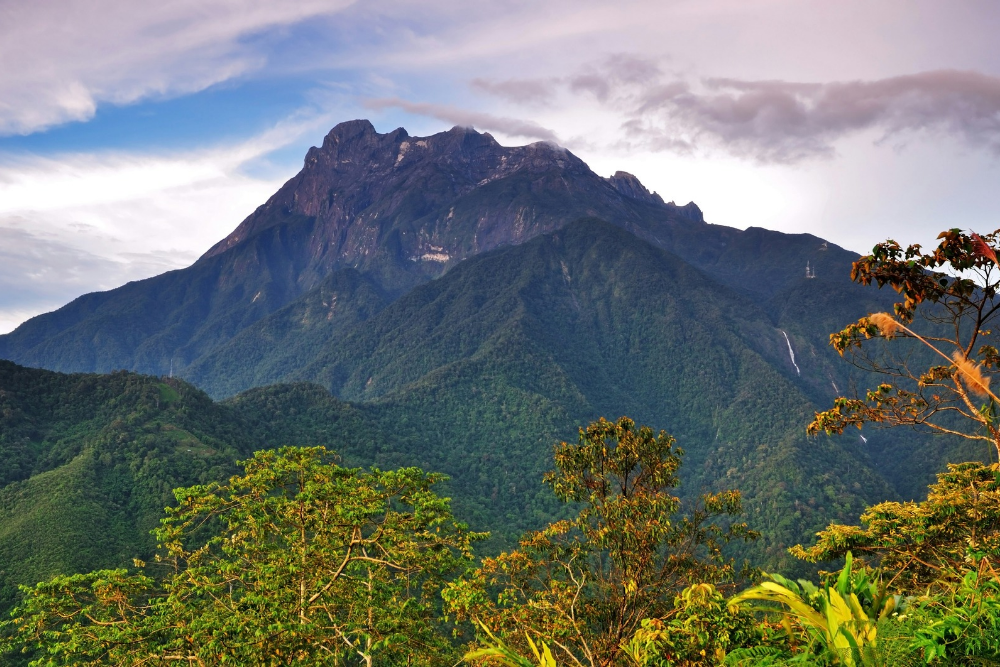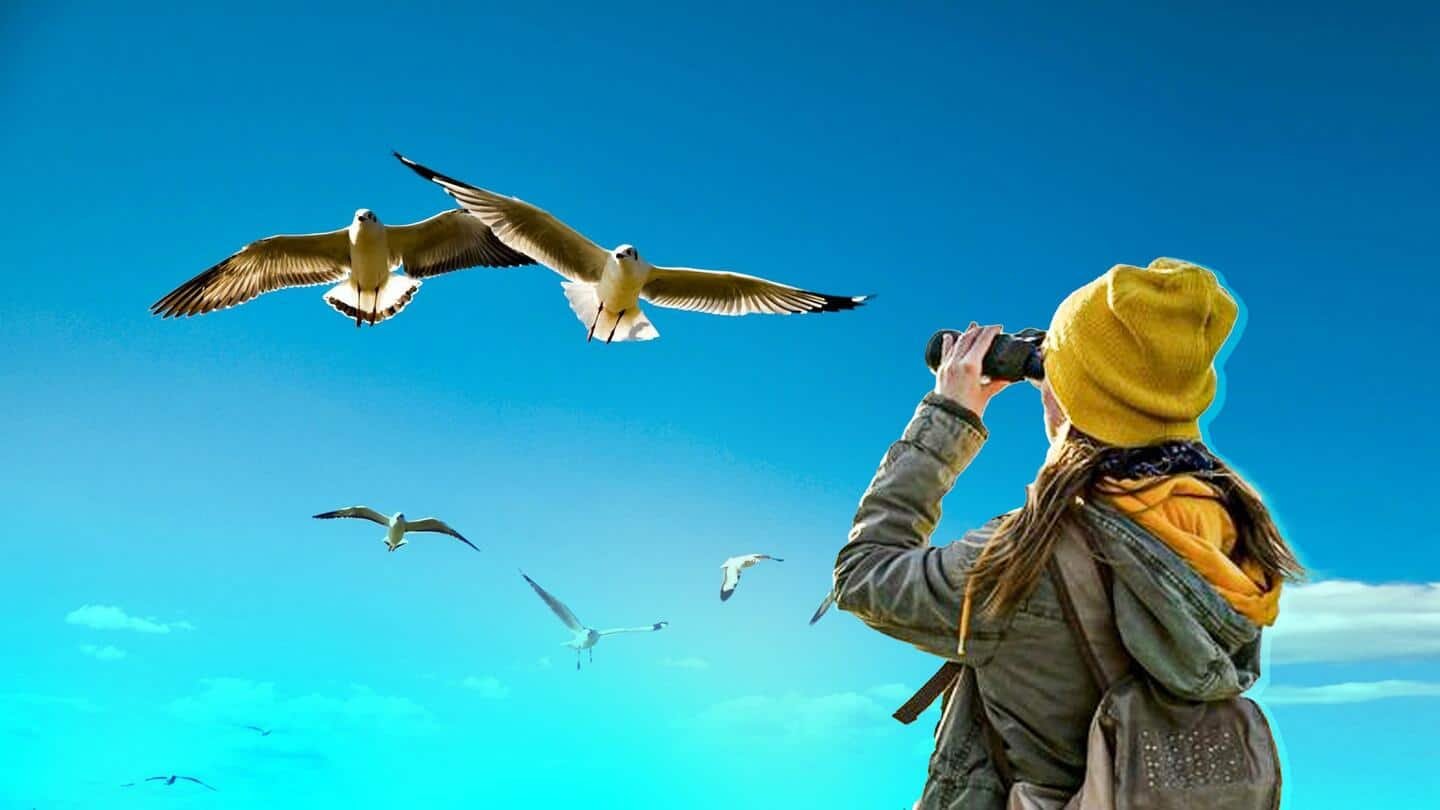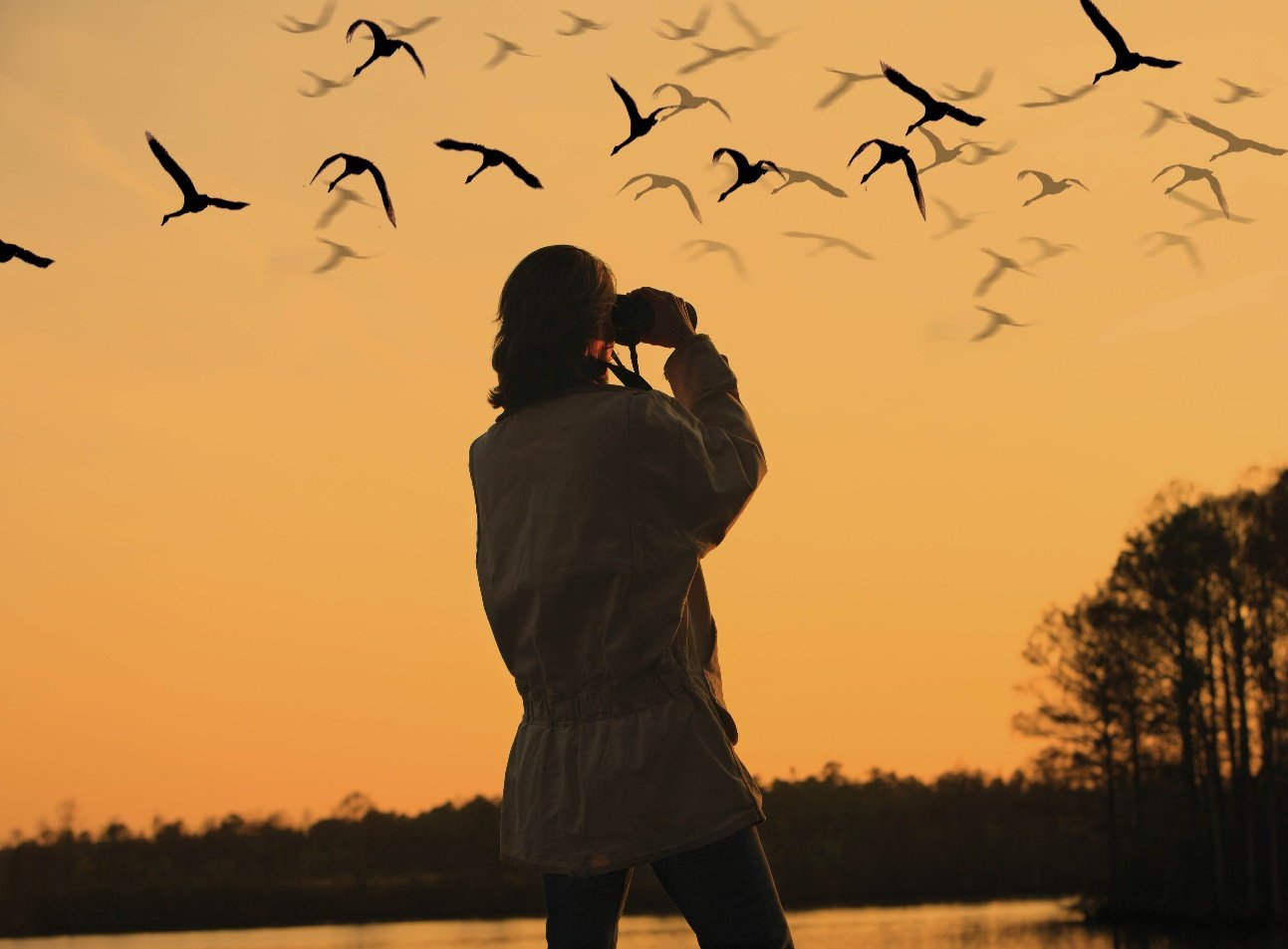Malaysia, with its rich biodiversity and varied ecosystems, is a haven for birdwatchers. Home to over 800 bird species, including many endemics and migratory birds, the country offers numerous spots for enthusiasts to observe these avian wonders. Whether you’re a seasoned ornithologist or a casual observer, here are the best locations for birdwatching in Malaysia that you won’t want to miss.
1. Kuala Lumpur Bird Park

Start your birdwatching journey at the Kuala Lumpur Bird Park, one of the largest free-flight aviaries in the world. Nestled within the lush Perdana Botanical Gardens, this park boasts over 200 species of birds. Wander through beautifully landscaped gardens and witness exotic birds such as hornbills and peacocks in their natural habitat. The park’s walking trails allow for close encounters with feathered friends and provide excellent photography opportunities.
2. Borneo Rainforest

The Borneo rainforest, particularly in Sabah and Sarawak, is a must-visit for avid birdwatchers. This UNESCO World Heritage site is home to unique species like the Bornean Bristlehead and the Rufous-collared Kingfisher. Venture into kinabalu Park, where over 300 species of birds reside amid stunning mountain scenery. Guided tours led by local experts enhance your experience, ensuring you spot elusive birds that thrive in this tropical paradise.
3. Taman Negara National Park

Taman Negara, the oldest rainforest in Malaysia, offers exceptional bird watching opportunities within its vast expanse of greenery. The park is home to more than 500 bird species, including the majestic Malaysian Blue Flycatcher and the striking Great Argus Pheasant. Explore well-maintained trails or take a canopy walk to gain a unique perspective on the avian life thriving above ground. Early morning excursions often yield the best sightings as birds are most active during this time.
4. Langkawi Geopark

The breathtaking landscapes of Langkawi Geopark offer not just stunning views but also rich biodiversity for bird lovers. Here, you can spot migratory birds along with endemic species such as the Langkawi Wren-Babbler. Visit the Kilim Karst Geoforest Park, where mangroves provide excellent habitats for various shorebirds and raptors. Don’t miss out on a boat tour through mangrove forests where you might catch glimpses of eagles soaring overhead.
5. Endau-Rompin National Park

For those seeking an off-the-beaten-path experience, Endau-Rompin National Park is an ideal choice. This less-visited park is home to rare species like the Sunda Pygmy Woodpecker and numerous other tropical birds. With its rugged terrain and dense forests, Endau-Rompin offers an authentic jungle experience that attracts adventurous birdwatchers looking for solitude away from crowded sites.
6. Perhentian Islands

While primarily known for their stunning beaches, the Perhentian Islands also attract various migratory birds, making them an intriguing location for birdwatching enthusiasts. Visit during migration seasons (from March to May) to witness flocks of seabirds passing through these islands. The combination of beautiful landscapes and diverse wildlife makes it a perfect spot for relaxation and exploration.
7. Kota Kinabalu Wetlands

The Kota Kinabalu Wetlands are an essential stop for observing migratory shorebirds and waders throughout different seasons. This protected area hosts various habitats such as mangroves and mudflats that attract species like the Pacific Golden Plover and numerous herons and egrets. Walking trails allow easy access to viewing platforms where you can enjoy panoramic views while keeping an eye out for seasonal visitors.
Conclusion
Malaysia’s diverse ecosystems offer some of the best locations for birdwatching enthusiasts around the globe. From bustling urban parks to serene rainforests and coastal wetlands, each location provides unique opportunities to observe both native and migratory birds in their natural habitats.
To make the most of your birdwatching adventure in Malaysia, consider visiting during peak migration seasons (March-May and September-November) when you’ll encounter a wider variety of species. Don’t forget your binoculars, field guide, and camera—your unforgettable bird watching experience awaits!












